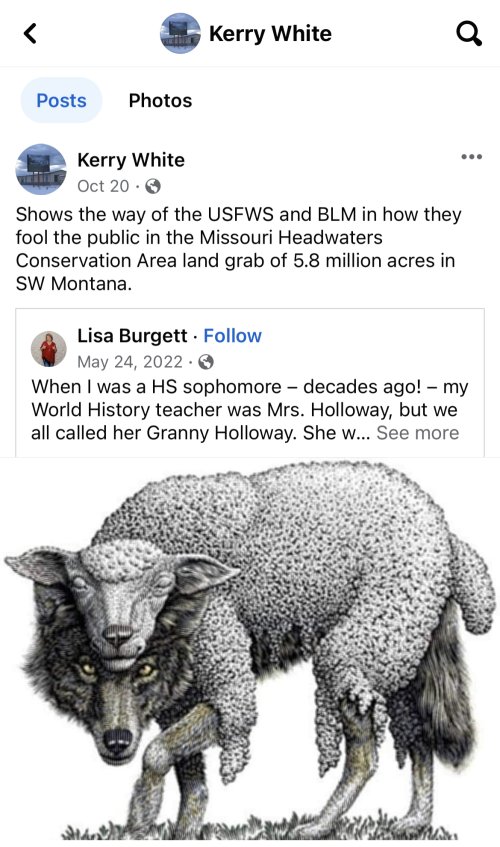Not sure what happened when I was in the Yukon, but I came home to a flurry of comments, messages, and emails of how bad conservation easements are and how the USFWS was going to take people's land and force them into conservation easements. Obviously they have no understanding of how useful conservation easements can be for private landowners.
Given that, I decided to do a deeper dive into the topic of conservation easements on this week's Fresh Tracks Weekly episode. The ignorance on this issue and the fervor with which some of the uninformed will rant against easements is surprising.
How anyone can be against a tool that gives a landowner the right to do as they damn well please, is beyond me. Especially when that tool can be one of the many helpful ways to allow working landowners to stay on the land as working landowner. Any politician or wonk who rails against conservation easements with private landowners is self-identifying as being for infringement upon private property rights.
Anyhow, if you're interested in my best 20-minute effort to explain this concept, here it is.
Given that, I decided to do a deeper dive into the topic of conservation easements on this week's Fresh Tracks Weekly episode. The ignorance on this issue and the fervor with which some of the uninformed will rant against easements is surprising.
How anyone can be against a tool that gives a landowner the right to do as they damn well please, is beyond me. Especially when that tool can be one of the many helpful ways to allow working landowners to stay on the land as working landowner. Any politician or wonk who rails against conservation easements with private landowners is self-identifying as being for infringement upon private property rights.
Anyhow, if you're interested in my best 20-minute effort to explain this concept, here it is.





